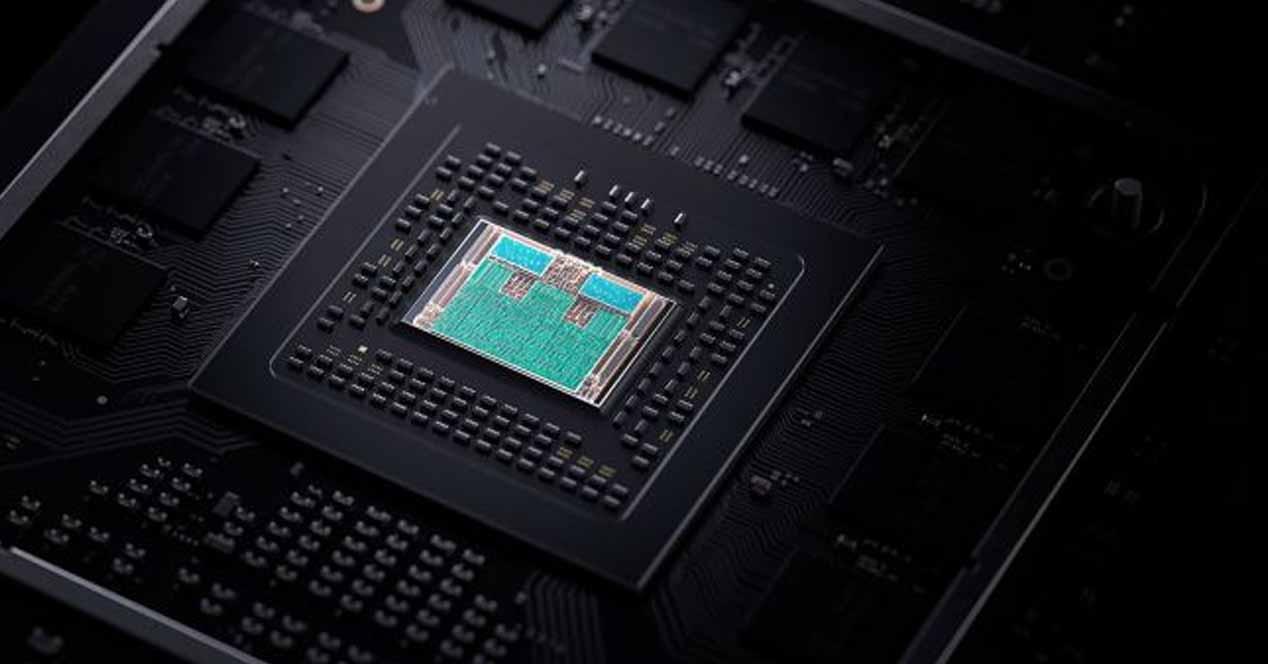It’s pretty well known that the iGPUs that are on the market today are a huge leap forward from what we saw just a few years ago, but it does come with a very interesting consequence to deal with: the performance of its “supposed” VRAM. How does the CPU allocate graphics memory to the iGPU? And above all, how much does performance depend on this type of memory?
Integrated graphics cards on motherboards and processors have always relied on external memory to be used as video RAM or VRAM, but for some time now the assignments have been different and it’s easy to see why.
Your iGPU still uses system RAM as VRAM
And it does it for a very simple reason: the benefit/cost ratio. Processors that have iGPUs and which are not called as such APUs because the CPU part prevails over its opposite, usually have a low-level graphics card, competent for certain tasks yes, but not for gaming in as such. Therefore, and although this type of device may have HBM memory
But it’s not made for APUs as such and for the same reasons. The technology is there, it’s mature, but it’s expensive to implement and no one in their right mind would pay the extra cost, so the line of processors would eventually die out compared to the rival’s. The solution to have VRAM? That of always, that of all life: use system RAMthat is, DDR memory as an information exchanger.
The difference is how your PC allocates it, since in the past a very small part was reserved for VRAM, only a few MB, until the iGPU potential took off, games demanded more memory video and the system had to be changed.
Graphics APIs and the importance of speed
Some APUs still allow max allocation from BIOS/UEFI, but as such this tends to go away as shared memory does a better job these days thanks to DX12 and AMD and Intel drivers.
Normally the setting that defines the VRAM in the BIOS is the DVMT pre-allocated VRAM, where, as a rule, it leaves up to 4,096 MB allocated. Windows and DX12 using what is called hUMA (especially from AMD) or unified memory architecture. This system shares the RAM memory of the PC with the iGPU and if our processor and our platform allow it, it should be in AUTO, since it will be, as they say, the system that manages to increase or reduce the size of the frame buffer via a coherent and bidirectional memory model (HSA at AMD).
The proportion of RAM used is determined in part by the allocation as shared memory, which at the same time overlaps the Windows virtual memory if there is a case of lack of RAM in the system. The thing to understand here is that the API and the driver will oscillate the amount of allocated VRAM in a ratio between 1:4 and 1:2According to the case.
That is, if the system requires 1 GB of VRAM for the iGPU, our PC should have 4 GB in the best case and 2 GB in the worst. This is by no means an exact rule, because we say that it is managed in a completely open and free way (if we indicate it in SELF), so your iGPU’s VRAM is and will remain system RAM on PC.










